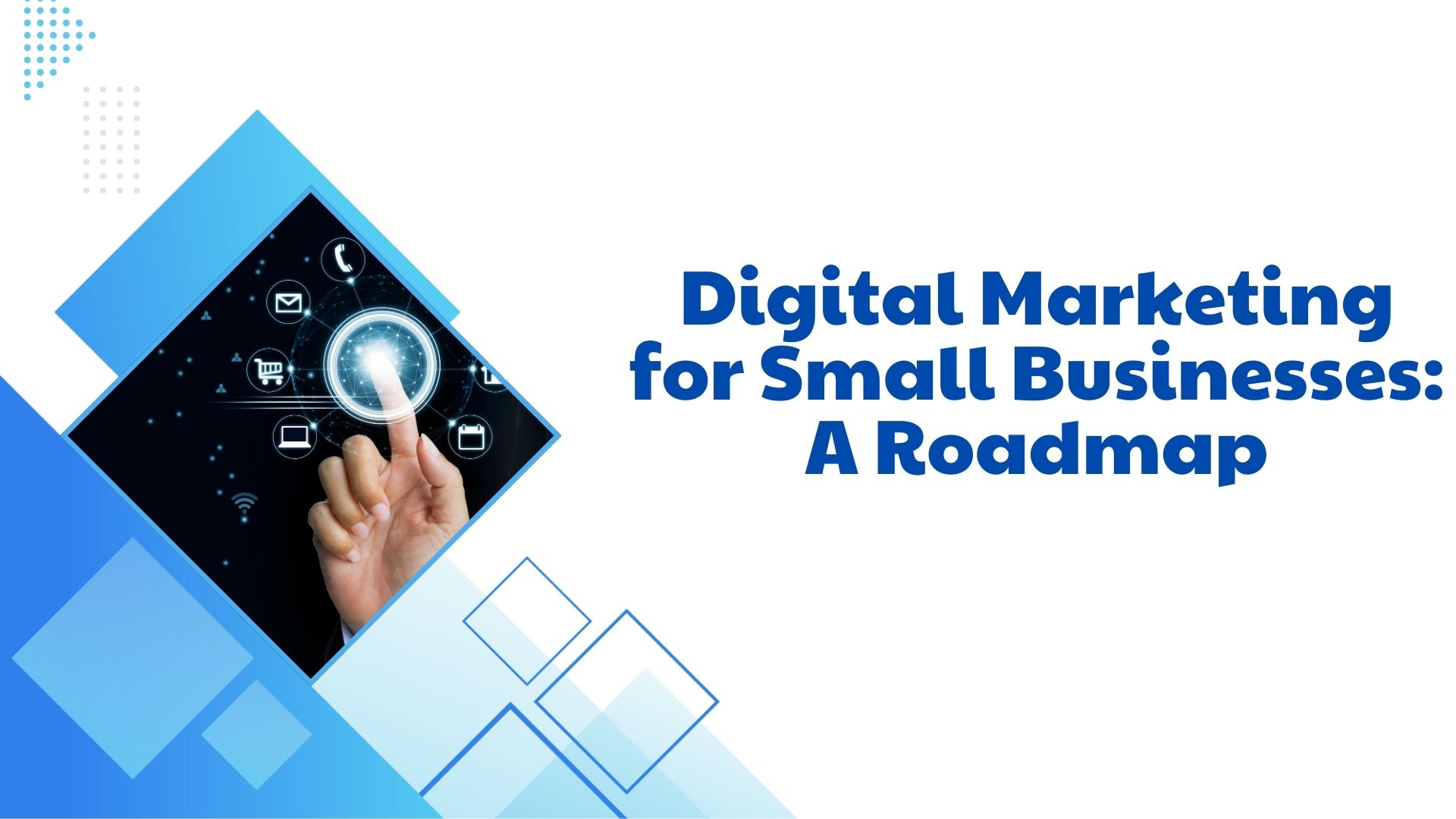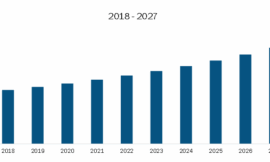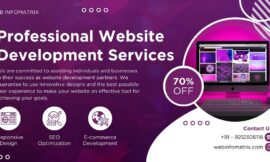In today’s hyperconnected world, small businesses must compete not only with local enterprises but also with global brands. Fortunately, digital marketing levels the playing field. When leveraged correctly, digital tools and platforms can help small businesses reach a broader audience, establish a strong brand identity, and drive sustainable growth. This article outlines a comprehensive roadmap to help small businesses navigate the digital marketing landscape efficiently and effectively.
Understanding Digital Marketing and Its Importance
Digital marketing refers to all marketing efforts that use an electronic device or the internet. Small businesses can harness digital channels such as search engines, social media, email, and websites to connect with current and prospective customers.
Why digital marketing is essential for small businesses:
- Cost-effective: Digital marketing is often more affordable than traditional advertising.
- Targeted: Businesses can focus on specific demographics and customer behaviors.
- Measurable: Performance tracking allows for real-time adjustments and campaign optimization.
- Scalable: As the business grows, marketing efforts can be scaled accordingly.
Laying the Groundwork: Building a Digital Presence
The first step in any digital marketing strategy is to establish a strong online presence. This typically involves:
Creating a Professional Website
Your website is your digital storefront. Ensure it is:
- Mobile-responsive
- Fast-loading
- Visually appealing
- Easy to navigate
- SEO-friendly
Include essential pages like Home, About, Services/Products, Testimonials, and Contact Information. A blog section can also boost SEO and establish authority.
Setting Up Google Business Profile
Especially important for local visibility, a Google Business Profile helps your business appear in local search results and Google Maps. It enhances credibility and provides easy access to reviews, contact details, and directions.
Crafting a Digital Marketing Strategy
Once the foundation is laid, the next step is to develop a strategy that aligns with your business goals.
Identify Your Target Audience
Understand who your customers are:
- Age, gender, location
- Interests, purchasing behavior
- Problems your product/service solves
Creating buyer personas can help tailor content and campaigns more effectively.
Set SMART Goals
Make your goals:
- Specific
- Measurable
- Achievable
- Relevant
- Time-bound
Examples: “Increase website traffic by 30% in three months” or “Gain 500 new email subscribers by the end of Q2.”
Leveraging Core Digital Marketing Channels
Search Engine Optimization (SEO)
Optimizing your website for search engines improves visibility and attracts organic traffic. Key SEO elements include:
- Keyword research
- On-page SEO (title tags, meta descriptions, headers)
- Quality content creation
- Technical SEO (site speed, mobile-friendliness)
- Local SEO (especially crucial for small businesses)
Social Media Marketing
Choose platforms based on where your audience spends their time:
- Facebook & Instagram – Great for visual storytelling and engagement
- LinkedIn – Ideal for B2B and professional services
- Twitter/X – Best for quick updates and customer service
Regular posting, engaging content, and responding to comments build community and brand loyalty.
Email Marketing
Email remains one of the most effective marketing tools for nurturing leads and retaining customers. Use it for:
- Newsletters
- Promotions
- Product updates
- Personalized offers
Segment your list for better targeting and use automation tools to streamline campaigns.
Pay-Per-Click (PPC) Advertising
PPC ads (Google Ads, Facebook Ads) offer instant visibility and targeted reach. Start with a small budget and test different ad creatives and targeting options. Monitor key metrics like click-through rate (CTR) and cost-per-click (CPC).
Content Marketing: Educate and Engage
Creating valuable, relevant content helps establish authority and attract loyal followers. Types of content include:
- Blog posts
- Videos
- Infographics
- Ebooks and guides
- Podcasts
- Webinars
Content should answer common customer questions, solve problems, and showcase your expertise. Share content across your website, email, and social media.
Analytics and Optimization
Without measurement, you can’t improve. Use tools like:
- Google Analytics (for website traffic and user behavior)
- Google Search Console (for SEO performance)
- Social media insights (for engagement tracking)
- Email marketing dashboards (for open/click rates)
Regularly review performance data to:
- Understand what’s working
- Identify areas of improvement
- Optimize campaigns accordingly
Building Customer Relationships
Digital marketing isn’t just about attracting new customers—it’s also about retaining existing ones. Encourage reviews, respond to feedback, and engage with your audience. Build trust by being transparent, authentic, and helpful.
Staying Updated and Adapting to Change
The digital landscape evolves rapidly. Stay informed by:
- Following digital marketing blogs and newsletters
- Taking online courses (many are free)
- Experimenting with new platforms and strategies
- Attending webinars or networking with other small business owners
Adaptation is key. Don’t be afraid to pivot if a strategy isn’t delivering results.
Conclusion: From Strategy to Success
Digital marketing can seem overwhelming, but with a clear roadmap and commitment, small businesses can thrive online. Start with the basics—build a strong online presence, understand your audience, and gradually layer on more advanced strategies. The most important elements are consistency, value creation, and continual learning.
With the right approach, digital marketing transforms from a challenge into a powerful growth engine for your small business.



